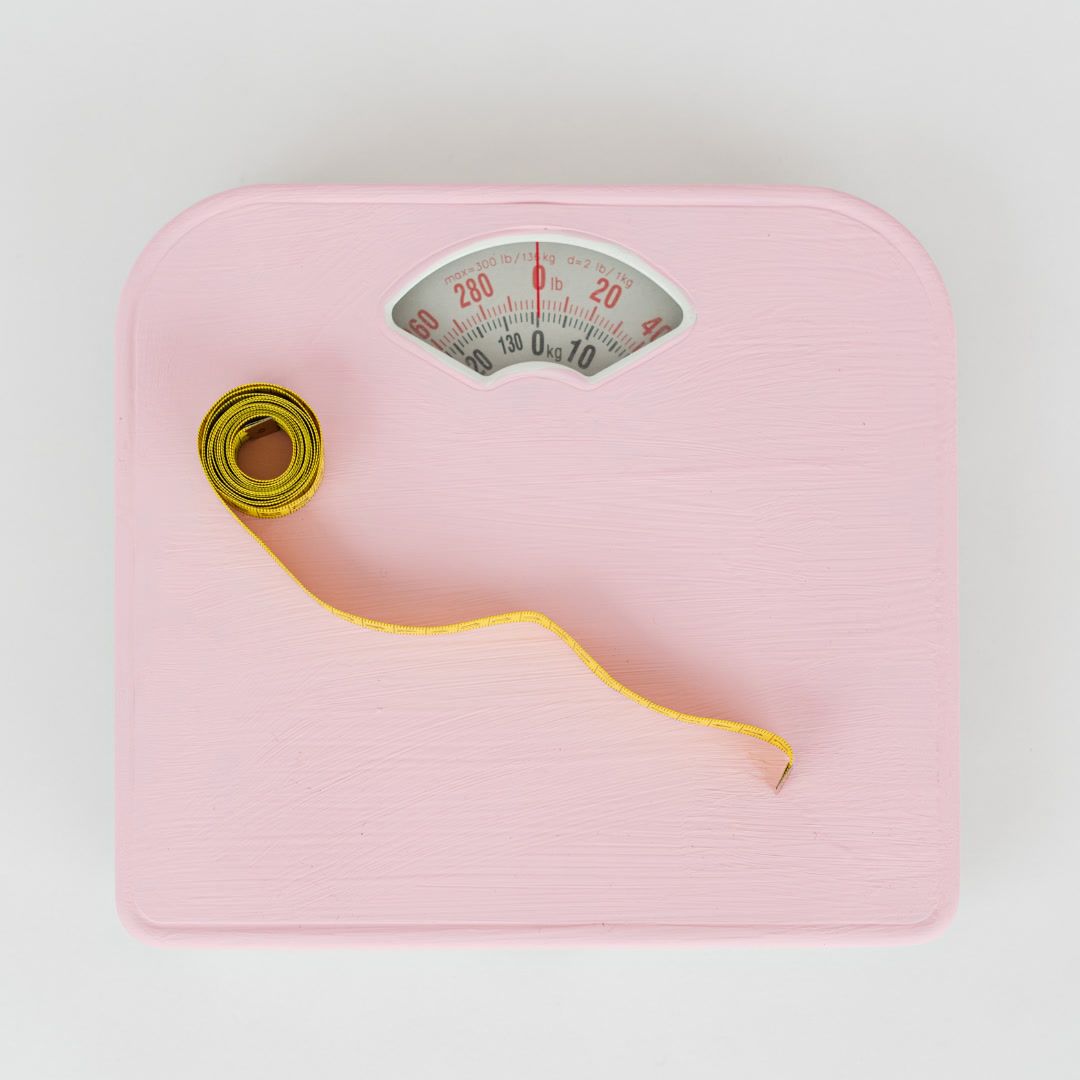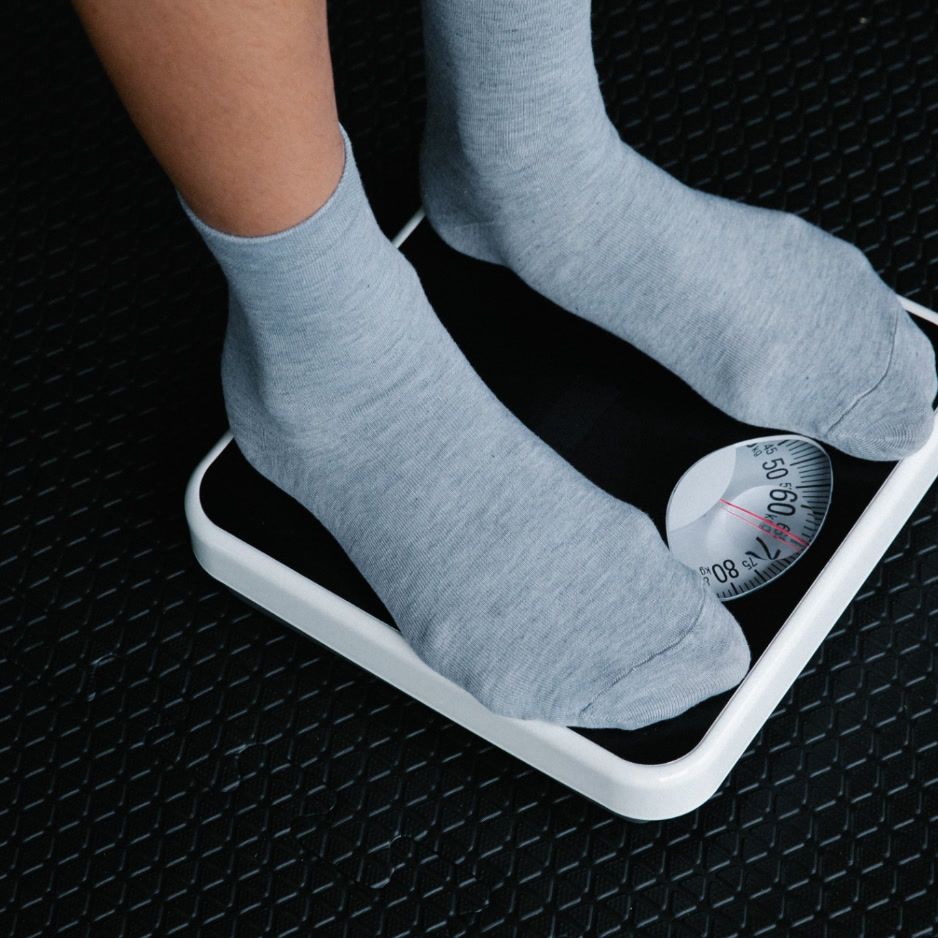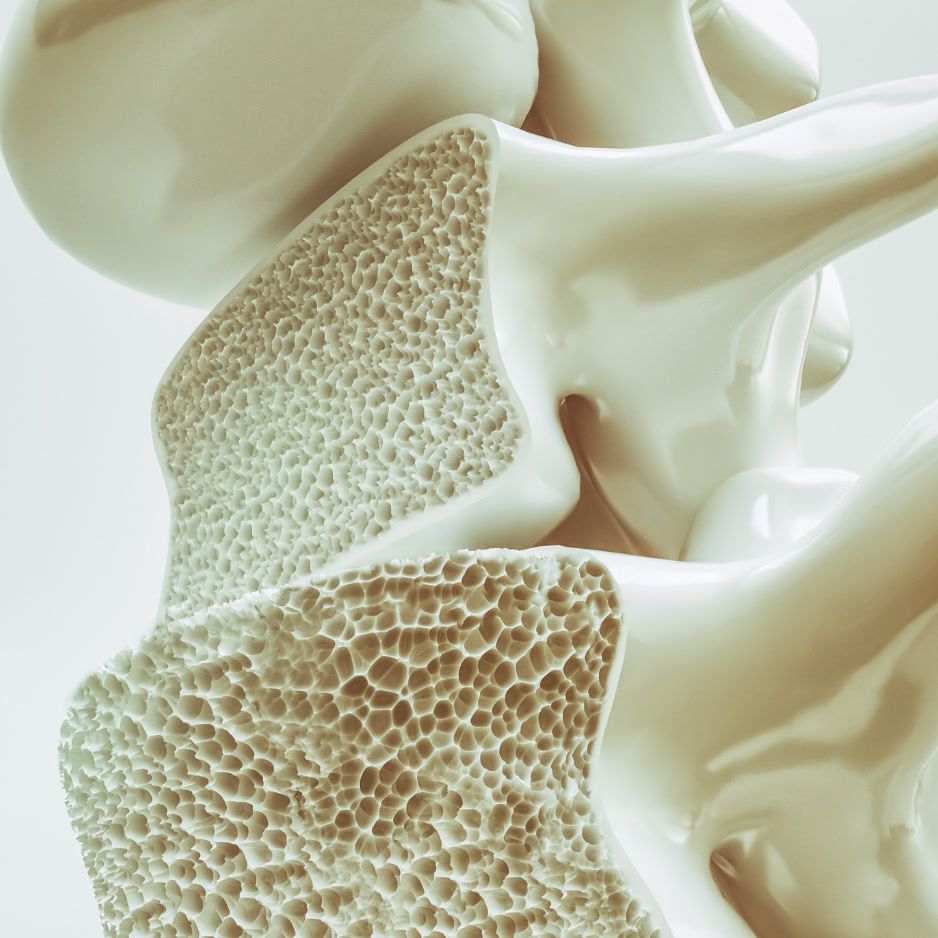Best Body Fat Analyzers 2025

Best Body Fat Analyzers 2025: Scales, Calipers & DEXA
TL;DR — If you just need ballpark data for daily trend-tracking, a budget smart scale will do.
When precision, visceral-fat numbers, or bone metrics matter, book a DEXA scan—it's the gold standard at ±1–2% accuracy, and BodySpec’s stringent calibration and QA deliver repeat-scan precision of ~±0.5%.
Best Body Fat Analyzers: At a Glance
| Use Case | Top Pick | What It Measures | Typical Accuracy* | Price | Key Feature |
|---|---|---|---|---|---|
| Clinical benchmark | BodySpec DEXA Scan | Fat, lean, bone, visceral fat | ±1–2% (BodySpec QA: repeat-scan precision ~±0.5%) | ~$40+ per test | Regional analysis + bone density; minimal hydration sensitivity |
| Budget daily check-ins | RENPHO Elis 1 | Est. body fat, muscle mass, body water, BMR | Highly variable; typically ±10–15% | ~$25–45 (sale dependent) | App sync + family profiles |
| Data-driven lifters | Withings Body Smart | Body fat, visceral-fat index, muscle, bone, water, BMI, BMR, HR | Highly variable; typically ±10–15% | ~$95–130 | Wi‑Fi uploads + athlete mode; robust app |
| Mid-range smart scale | Etekcity Apex Smart Scale | Est. body fat, muscle mass, visceral-fat index, BMR | Highly variable; typically ±10–15% | ~$70–90 | Zero‑Current & Baby modes; Wi‑Fi + Bluetooth |
| Athlete ecosystem | Garmin Index S2 | Weight, body fat, muscle, bone | Manufacturer does not publish accuracy specs | ~$200 | Seamless Garmin Connect integration |
| DIY manual checks | Accu-Measure Personal Caliper | Skinfold thickness | Manufacturer claims ±1.1%; real-world ±3–7%† | ~$10–20 | Cheapest entry; self-click tension |
| Trainer toolkit | Harpenden Skinfold Caliper | Subcutaneous fat folds | Device precision ~99%; user variability ±3–5%† | ~$300–350 | Lab-grade spring tension |
| Travel-friendly spot checks | Omron HBF-306C | Body-fat % & BMI | No independent consensus; treat as trend-only | ~$40–50 | Pocket-size; uses 2 AAA batteries |
| Professional gym test | InBody 770 | Limb-by-limb fat & muscle analysis | No single accuracy spec; hydration-sensitive | Typically $50+ per test | 60-second scan; no radiation |
| Research & medical | Bod Pod | Body volume & fat % | ±2–3% | ~$45–75/test | Rapid air-displacement alternative |
| Lab benchmark (water) | Hydrostatic Weighing | Body density → fat % | ±2–3% | ~$40–100/test | Research-grade method; requires full submersion |
*Error ranges summarized from peer-reviewed evaluations such as the British Journal of Nutrition’s 15-device validation and expert summaries (BJN study; Grant Tinsley’s overview). The BJN paper found only ~33% of tested consumer devices met acceptable validity thresholds; expect wide variability between models.
†User skill affects caliper error.
Why Trust Our Recommendations?
We synthesize peer‑reviewed research with product testing and platform documentation. That includes a British Journal of Nutrition study assessing 15 consumer BIA devices (only ~33% met acceptable validity), expert lab summaries from Dr. Grant Tinsley, and BodySpec’s own calibration and QA standards that deliver repeat-scan precision of ~±0.5%—roughly half many manufacturers’ published tolerances. For real‑world experience, we evaluate:
- Setup and pairing (Wi‑Fi/Bluetooth)
- App onboarding and trend graphs
- Multi-user recognition
- Morning, fasted measurements over 2–4 weeks to assess trend consistency
How We Picked the Winners
- Lab-validated accuracy — cross-checked manufacturer claims with independent studies.
- User experience — setup time, app design, multi-user support.
- Ecosystem fit — syncs with Apple Health, Garmin, MyFitnessPal, etc.
- Cost per use — hardware price or average test fee.
- Support & updates — firmware longevity and data-export options.
Accuracy Showdown: DEXA vs BIA vs Calipers
| Method | How It Works | Typical Error | Pros | Cons |
|---|---|---|---|---|
| DEXA scan (BodySpec) | Dual-energy X-ray partitions fat, lean, bone; quantifies visceral adipose tissue (VAT) | ±1–2% (BodySpec QA: repeat-scan precision ~±0.5%) | VAT + bone; regional detail; minimal hydration impact | Requires in-person appointment; higher cost per test |
| Smart scale (BIA) | Electrical current infers fat from water content | Highly variable; typically ±10–15% (device + user prep dependent) | Affordable; app trends | Hydration sensitive; no bone data |
| Handheld BIA | Upper-body current only | Trend-only; accuracy varies widely | Portable | Under-reads leg fat |
| Skinfold calipers | Pinch subcutaneous folds | ±3–5%* | One-time purchase | Skill needed; no visceral data |
| Bod Pod / Hydrostatic | Air or water displacement | ±2–3% | Fast lab option | Limited sites; total fat % only |
| InBody (pro BIA) | Multi-frequency, segmental BIA | No single spec; hydration-sensitive | Muscle symmetry map | Costly; must standardize prep |
*User skill can widen error to ±7%.
Need deeper context? Check out our Hydrostatic (Underwater) Weighing Guide.
Best Smart Scales of 2025
Smart scales use bioelectrical impedance analysis (BIA). Step on, get numbers in seconds—but accept a bigger error bar.
Safety first: Avoid BIA smart scales if you have a pacemaker or other implanted electronic medical device. Pregnant users should only use models with a dedicated pregnancy or zero-current mode (e.g., Etekcity’s Zero‑Current) and consult their clinician for guidance.
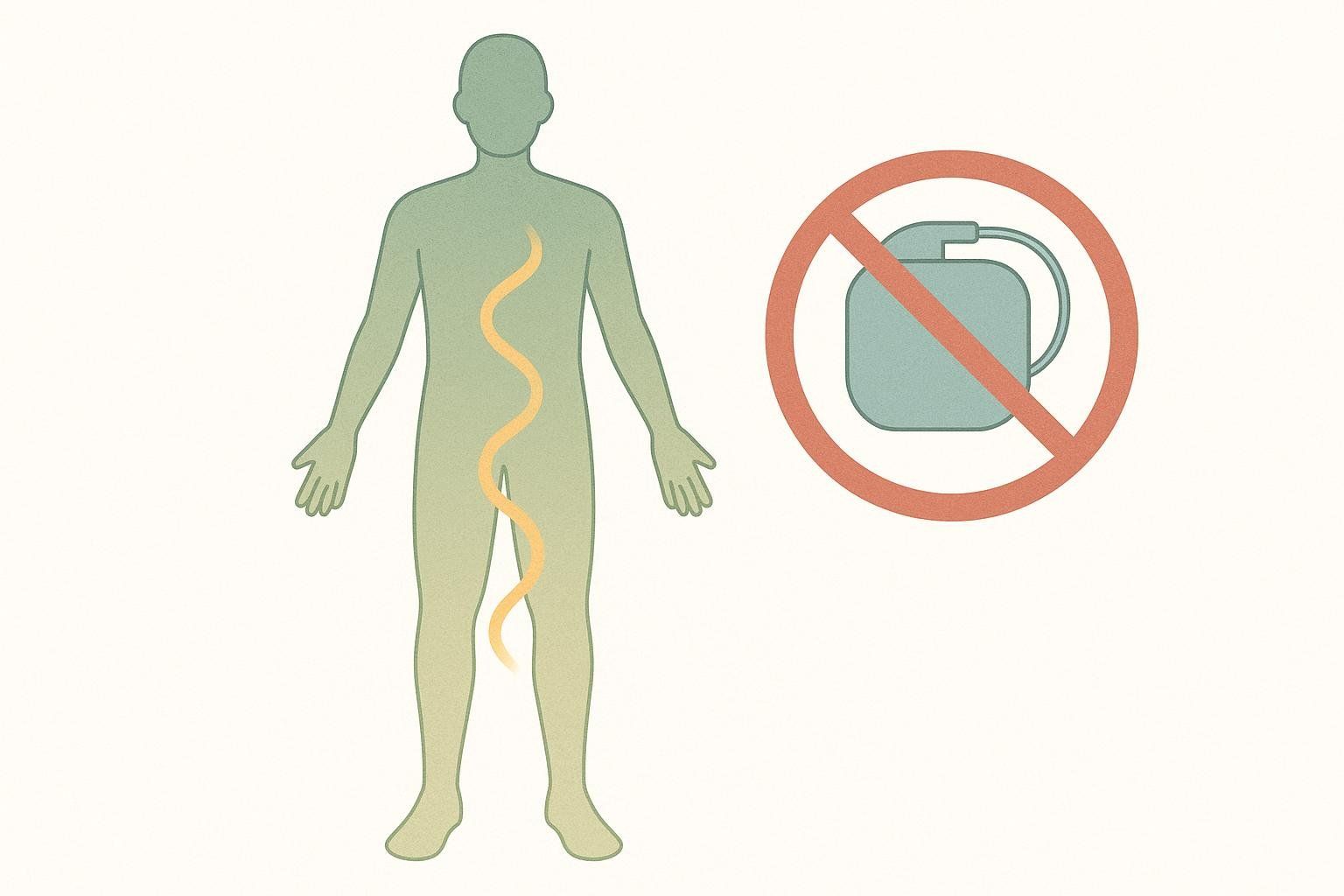
RENPHO Elis 1 (Budget Pick)
- Price: ~$25–45 (sale dependent)
- Key metrics: 13, including body fat %, muscle mass, est. visceral fat index, and BMR
- Connectivity: Bluetooth-only
- Upside: Very affordable with solid app trends and easy setup.
- Downside: Phone must be nearby for every weigh-in.
- Source: RENPHO product page
Withings Body Smart (Data-Driven Lifters)
- Price: ~$95–130
- Key metrics: body fat %, visceral fat index, muscle mass, bone mass, total body water %, BMI, BMR, standing heart rate
- Connectivity: Wi‑Fi & Bluetooth
- Upside: Excellent Wi‑Fi sync, multi-user support, and a robust app with trend analysis.
- Downside: No pregnancy mode.
- Source: Withings product page
Etekcity Apex (Mid-Range Value)
- Price: ~$70–90
- Key metrics: 14 metrics via BIA (body fat %, muscle mass, est. visceral fat index, BMR)
- Connectivity: Bluetooth & Wi‑Fi
- Upside: Includes Zero-Current (pregnancy) and Baby modes.
- Downside: Wi‑Fi setup can be finicky.
- Source: VeSync product page
Garmin Index S2 (Athlete Ecosystem)
- Price: ~$200
- Key metrics: weight, body fat %, BMI, skeletal muscle, bone mass, body water %
- Connectivity: Wi‑Fi sync to Garmin Connect
- Upside: Seamless integration with Garmin devices and training data.
- Downside: No published accuracy specs for body fat metrics.
- Source: Garmin product page
Pro Tip: Measure first thing in the morning, after restroom, before coffee. Hydration variance is the primary cause of BIA inaccuracy.
Handheld BIA: Pocket-Size Convenience
Omron HBF-306C
- Price: ~$40–50
- Metrics: Body-fat % & BMI
- Profiles: Up to 9 users
- Power: Uses 2 AAA batteries
- Limitation: Reads hand-to-hand; often under-reports leg fat—track trends, not absolutes.
- Source: Amazon product listing
Skinfold Calipers: Old-School but Accurate
Harpenden Skinfold Caliper (Pro Grade)
- Price: ~$300–350
- Construction: Stainless steel with precision spring
- Strength: Device precision ~99% in instrument tests; excellent repeatability in skilled hands
- Ideal use: Professional settings where repeatability matters
- Downside: Higher cost and learning curve.
- Source: HaB Direct product page
Accu-Measure Personal Caliper (DIY)
- Price: ~$10–20
- Construction: Lightweight plastic with self-click tension
- Accuracy: Manufacturer states within 1.1% of underwater weighing under proper use; real-world error commonly ±3–7% due to user technique
- Ideal use: Casual users wanting periodic skinfold checks
- Source: Amazon retail page
Pro-Level Analyzers
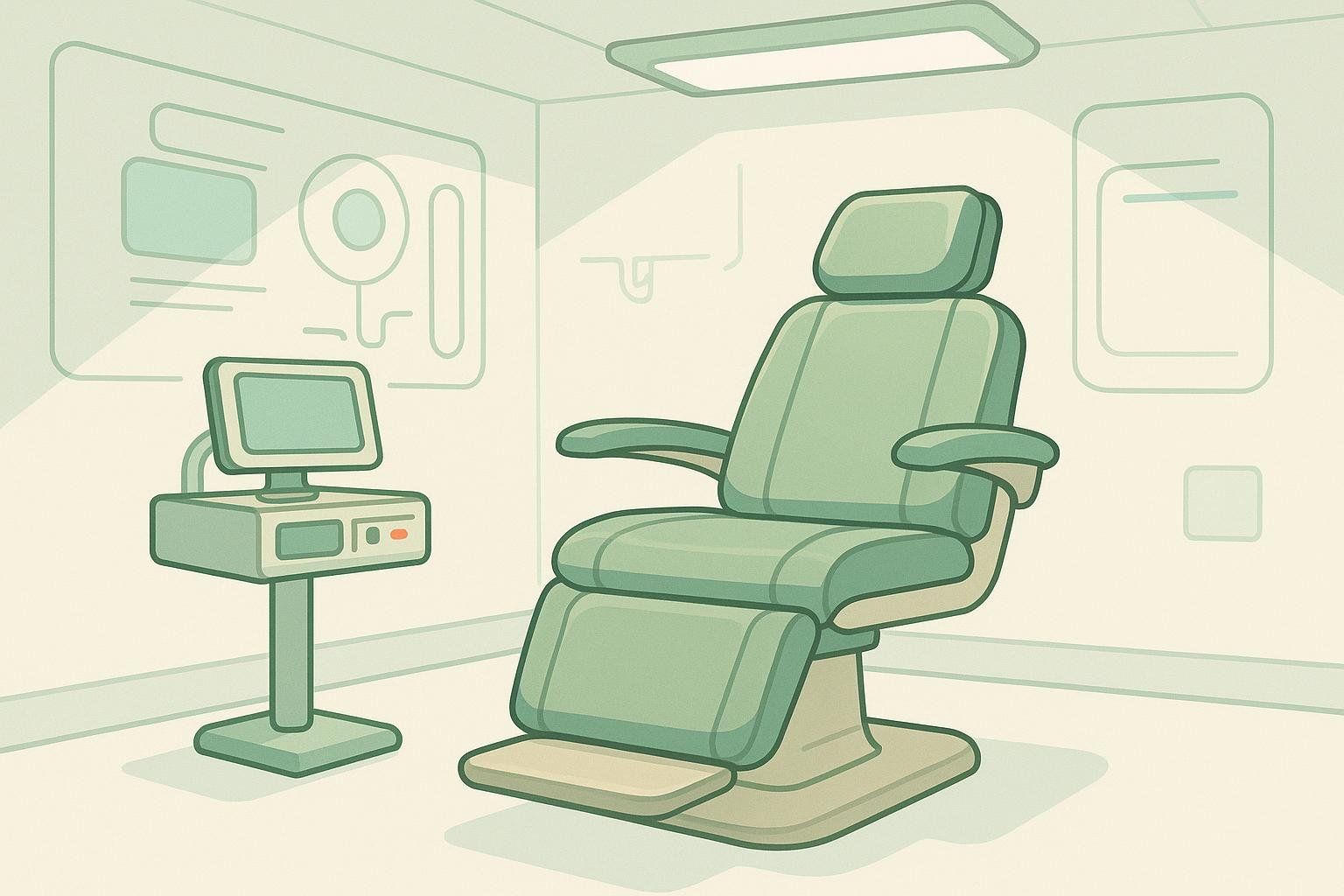
InBody 770 (Gym Workhorse)
- Price: Typically $50+ per test
- Key metrics: Limb-by-limb fat and muscle analysis; body water; phase angle; visceral fat area estimate
- Upside: 60‑second scan; segmental detail; no radiation
- Downside: Hydration-sensitive; results vary by prep and device; no bone data
- Source: InBody 770 overview
Bod Pod
- Price: ~$45–75 per test
- Key metrics: Body volume and density; total body fat % (no regional or visceral-fat insight)
- Upside: Air-displacement method with ±2–3% typical error
- Downside: Limited availability; lab appointment required
- Source: BOD POD GS‑X (COSMED)
Hydrostatic Weighing (Underwater)
- Price: ~$40–100 per test
- Key metrics: Body density; total body fat % (no regional or visceral-fat insight)
- Upside: Research-backed accuracy with ±2–3% typical error
- Downside: Requires full submersion and specific prep; less comfortable
- Source: BodySpec hydrostatic guide
Why DEXA Remains the Gold Standard
- It uses a three-compartment model (fat, muscle, and bone) for high accuracy, and BodySpec’s daily calibration and QA deliver repeat-scan precision of ~±0.5% (calibration details).
- Visceral-fat quantification (VAT) — early flag for metabolic risk; track VAT mass directly on your report.
- Regional insights — pinpoint muscle asymmetries and track hypertrophy (see body composition exercises).
- Bone-density trends — critical after age 40 or for anyone on weight-loss medication (learn more: Interpreting DEXA results).
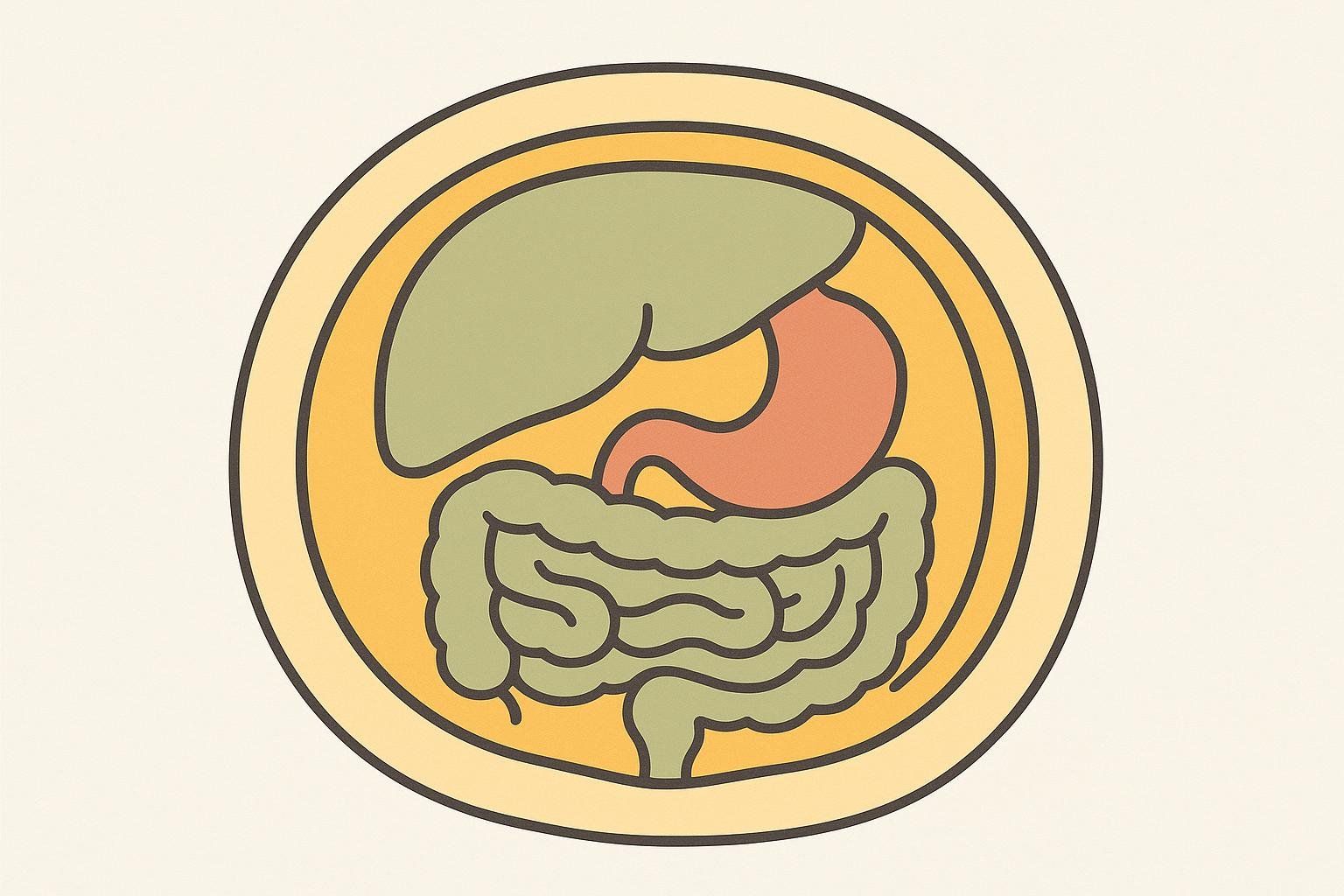
Choosing the Best Body Fat Analyzer for You
- Set your precision target. ±10–15% okay? Choose a scale. Want best-in-class repeatability (repeat-scan precision of ~±0.5%)? Book a BodySpec DEXA scan.
- Match testing frequency. Daily feedback → scale. Quarterly checkpoints → DEXA.
- Do the math. A $90 scale + one annual DEXA may beat monthly $50+ pro BIA tests.
- Need extra data? Only DEXA measures visceral fat and bone density together.
FAQ
- Are smart scales useless? No—great for trends. Don’t panic over 1–2% swings; hydration drives most noise.
- How can I improve scale accuracy? Measure at the same time daily (ideally fasted); enable athlete mode if you train ≥3×/week; keep firmware updated.
- Does DEXA radiation add up? A whole-body scan is ~5 µSv—about the same dose as eating a few bananas. See our post on DEXA radiation.
- How often should I DEXA? Many clients scan every 3 months; general health seekers, 1–2×/year.
Ready for lab-level data? Schedule your BodySpec DEXA scan to see your body's precise composition—fat, muscle, bone, and visceral fat—in a quick, comfortable appointment.
Related reads:
